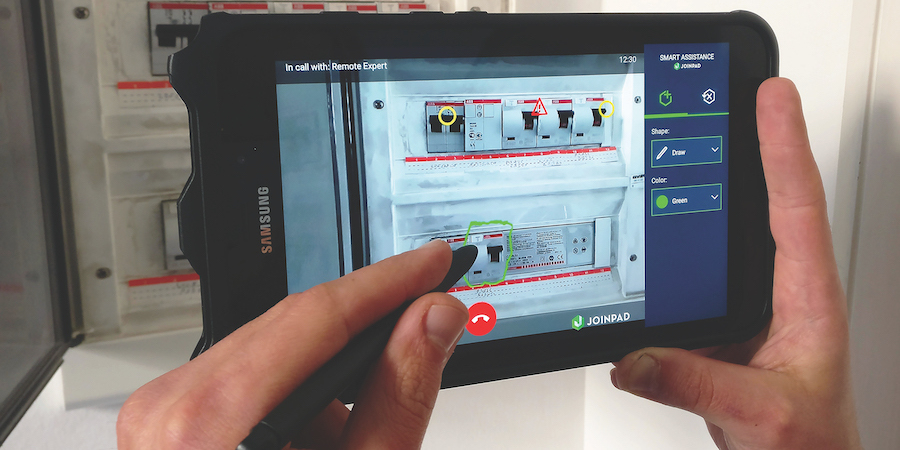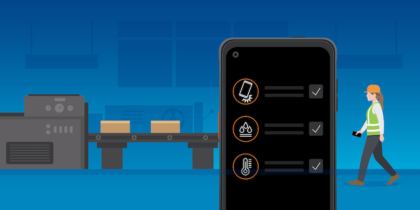Field service continues to boom, and it’s not just because traditional business to consumer (B2C) field service companies are increasing their footprint. The growth also stems from equipment manufacturers seeing business to business (B2B) service and consultancy as a low-overhead and lucrative revenue stream. By 2022, the global industry will hit $4.45 billion in anticipated revenues, according to Stratistics MRC.
In order to stay competitive, field service companies can no longer rely on the antiquated operational models that have plagued the industry with inefficiencies and delays. Mobile devices are helping field service organizations digitize operations and deliver excellent customer service.
Traditional Field Service Operations
In the traditional model, field services management recruited workers who would first undergo extensive training in the corporate office before being dispatched. Field service communications strategies, when needed, relied on phone calls or email, which increased the chance for delays and errors in transmitting information.
These strategies were further constrained by the geographies of subsidiaries around the globe. Typically an expert or two from the home team would travel to the new site and train a cohort of employees who could serve as a seed to disseminate information down the line. Such a model is bulky and fractured and cramped by various departmental silos.
At the other end, field service workers would manually complete orders, and crucial intelligence that might improve customer service or the bank of tribal knowledge for the company was often overlooked.
Today, field services management can no longer afford such lurching experiences at both the corporate and field service worker levels. Not only is the traditional field services model a magnet for inefficiencies, a whole host of pressures, including many from the customer, is reshaping the industry in ways that demand modernization. And companies that fail to keep up risk losing their market share in an increasingly competitive landscape.
How Field Services Is Changing
Today, field services is undergoing a shift in two fundamental ways. First, the number of contractors is increasing. Companies are looking to fulfill seasonal demand by dispatching workers into underserviced locations without additional overheads. The easiest solution has been to hire contract field service workers.
Second, today’s customers wield the power of social media, so any customer service misstep can lead to damaged reputation and consequences beyond just that one interaction. The field service worker is fast becoming the face of the company, and every single customer touch point matters, according to Salesforce. It’s becoming increasingly important to get field service done quickly and done right — the first time.
These changes increase the pressure on field services management to efficiently integrate the contractors as part of their workforce, improve field services communications strategies and deliver seamless solutions to customers.
How Mobile Devices Can Help
Any system-wide solution that contractors need to adopt to get on the same page as the rest of the workforce needs to be familiar and easy to use. Mobile devices such as the Samsung Galaxy Tab Active2 and Tab Active Pro for field workers, and the Galaxy Note10 for field service management, check both boxes.
Mobile devices help field services management address the changes happening in the field services industry head on.
Companies can use mobile devices to push out corporate-wide updates about projects so everyone receives the same information at the same time. Contractors can access training modules while in the field and supervisors can note progress before deploying workers. Recording field service logs on a mobile device decreases the chance of errors and preserves tribal knowledge, which future teams can draw on.
On the customer service side, workers can use the mobile device to pull up information about procedures if stuck at a job, use augmented reality (AR) or smart assistance from experts, and check on inventory of parts while still on the call. If a worker close by has a needed part, the service call can be completed the same day, instead of having to reschedule. This saves labor costs and wins customer satisfaction.
Change is reshaping the field services industry in a variety of ways, and mobile devices are helping companies leverage this change to their advantage.
Explore the five challenges faced by unconnected field service workers and find out how mobility can help in this free white paper.







